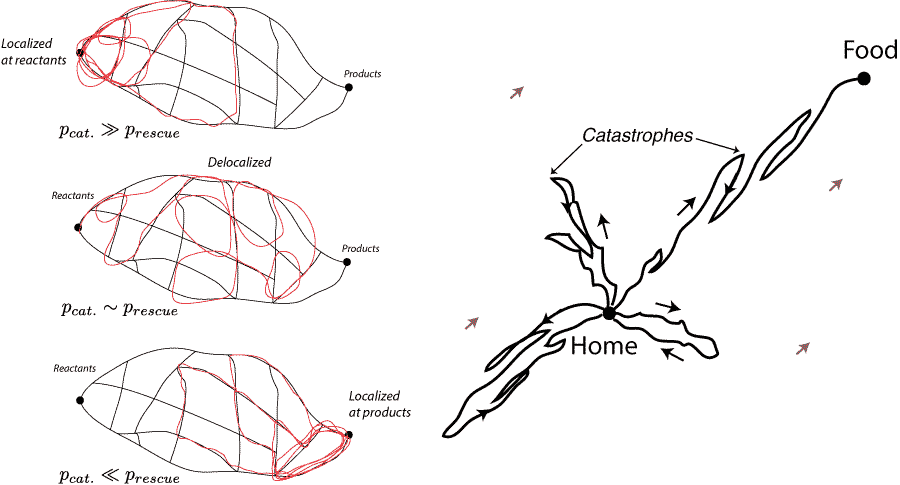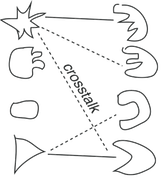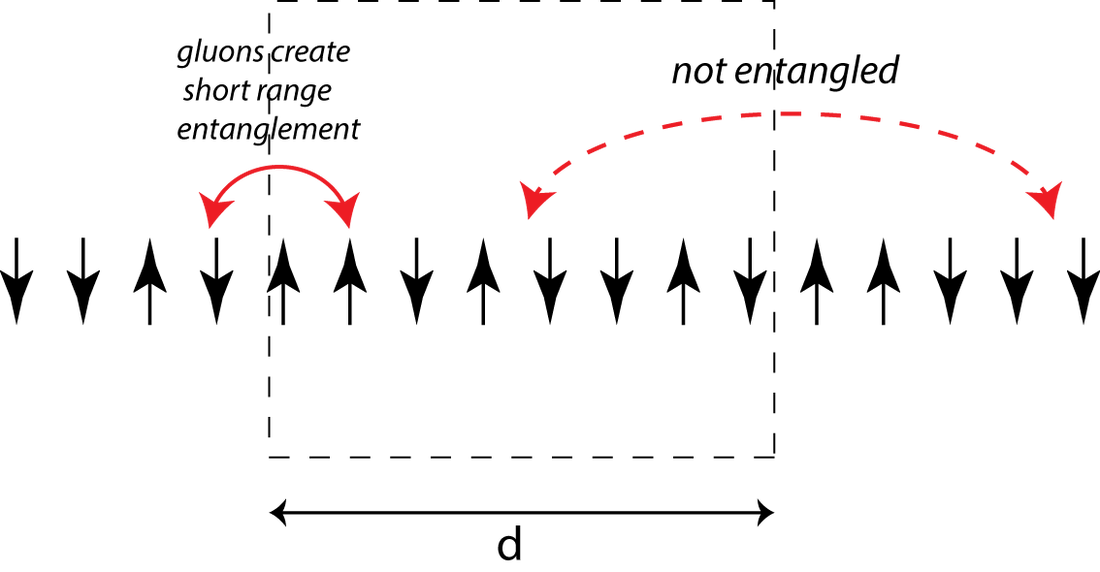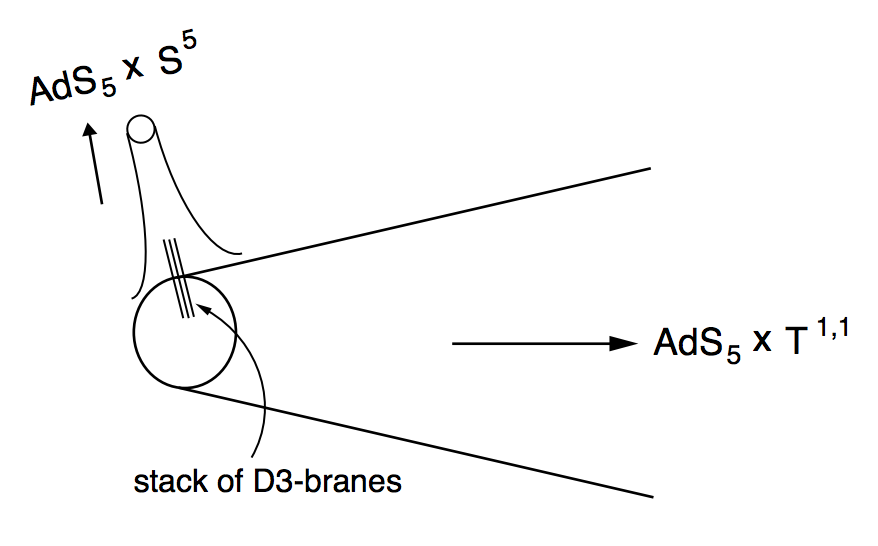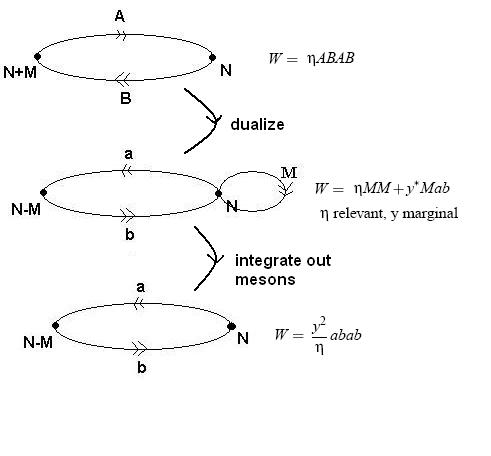Associative pattern recognition by materials`Software' neural networks can recognize subtle associations and patterns in complex data. Can we have similar pattern recognition in 'hardware'? Indeed, our work on origami and molecular self-assembly has shown that these systems can recall a stored `memory' by 'association' from an imprecise external signal.
As a result, we find a golden window in which systems can be multi-functional and are yet as easy to control as dedicated single-purpose devices. We are exploring implications for new kinds kinetic architecture, protein complexes and fun new toys! Publications: 1. Murugan, Zeravcic, Leibler and Brenner PNAS 112(1) 54-59 (Dec 2014) and manuscripts in preparation. |
Exploration and error correction using non-equilibrium dynamics
Biochemical reactions use non-equilibrium driving forces to correct errors, search effectively, perform statistical inference and to regulate and time processes precisely. Such mechanisms are at the fascinating intersection of non-equilibrium physics and algorithms since these physical systems seem to solve problems you would normally understand through algorithms. Can one design better non-equilibrium mechanisms based on algorithmic ideas?
Publications:
1. Murugan, Huse, Leibler, PNAS 109(30):12034-9 (2012) 2. Murugan, Huse, Leibler, Physical Review X 4 (2), 021016 3. Murugan, Vaikuntanatan. Journal of Stat. Phys. 2016, 162 (5) 4. Murugan, Vaikuntanatan (in preparation) |
Recognition, discrimination and olfaction
|
Past work
Entanglement and confinement Quantum entanglement has been a fruitful idea in many areas of physics but until recently, without much use in particle physics. We proposed entanglement between quarks as a subtle test of whether quarks are inseparably bound ("confined") in any given theory of quarks and gluons. Our proposal was validated by lattice simulations by groups at Argonne National Labs/U Chicago and ITEP (Moscow). Entanglement entropy has since found many other applications in particle physics and string theory and has become a popular area of research in recent years.
Publications: Entanglement as a probe of Confinement, with David Kutasov and Igor Klebanov, Nuclear Physics B (796), 274 (2008) |
Gauge-gravity duality
|


